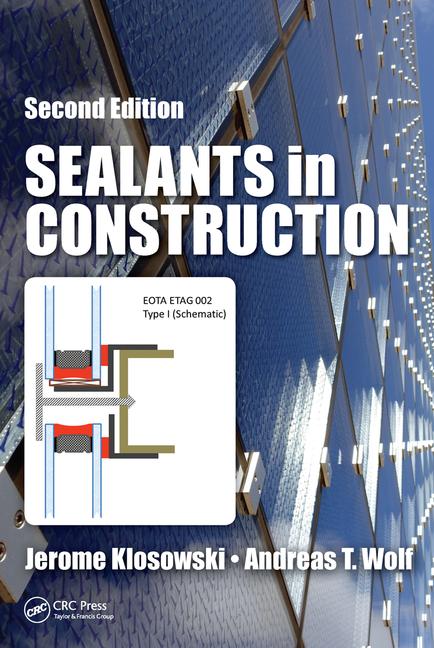Adhesives and Sealants Play Crucial Role in the EU Construction Sector Amid Energy Crisis
Adhesives and sealants help to facilitate more energy and material efficiency within the EU construction sector.

Image courtesy of Federico Rostagno via www.gettyimages.com.
Sustainability in the construction sector is receiving substantial attention in the European Union (EU) due to the absolute scale of this sector and its share of materials usage, greenhouse gas emissions in Europe, as well as ongoing geopolitical and energy crises. Recent legislative initiatives, such as the EU Green Deal, cover the construction sector with specific provisions, addressing all levels from entire buildings to construction elements and to the materials used for their production and installation. The environmental performance of adhesives and sealants used in the construction sector is therefore of high interest.
The construction ecosystem comprises all the elements involved in the complete life cycle of buildings—for example, blueprinting, erection of the structure, maintenance of various fixtures and building elements, renovation, and demolition. In the sustainability transition pathway for the construction ecosystem, there are two critical elements: the energy efficiency of buildings and the material efficiency of the installed materials. Adhesives and sealants strongly support both of these elements.
The first critical element in the transition pathway for the construction ecosystem is energy efficiency. Because buildings last a long time, the use phase of these structures has a major effect on the environmental footprint. Since this is the case, the heating and cooling of buildings becomes significant and the efficient use of energy paramount. Moreover, the current energy crisis and the projections for the upcoming winter bring the energy efficiency objective under a new light. Adhesives and sealants play an important role here insofar as the energy efficiency of buildings is augmented by the use of thermal insulation and decarbonized heat sources, which contribute to further reduction of the carbon footprint of buildings in use and ensure less energy consumption within the buildings.
Regarding thermal insulation, adhesives and sealants facilitate insulation systems that are both durable and, very importantly, airtight. This is accomplished, specifically, through the use of adhesively bonded insulation panels, polyurethane foams for filling gaps, adhesive tapes at insulation joints and sealants around door and window openings, and adhesives in the construction of insulated (multipaned) glass units. All these aspects of adhesives and sealants apply not only to new construction of buildings but also to (deep) energy renovation activities. As far as the decarbonization of heat sources is concerned, adhesives and sealants make possible, for example, photovoltaic panels furnishing electricity for heat pumps, as well as batteries holding surplus daytime electrical energy.
Besides promoting energy efficiency during the use phase of buildings, adhesives and sealants play a second key role in terms of promoting material efficiency. Material efficiency concerns the material make-up of the parts of a building, that is, the so-called “embodied carbon” and the circularity of materials. Adhesives and sealants support the reduction of material used (the construction phase), the extension of building life through maintenance and repair (the use phase), and the reuse and recycling of building materials to reduce waste (the end-of-life phase).
Adhesives and sealants can reduce the amount of material used, for instance, by a minimization of the metal elements of window glazing, the adhesion of glass directly to frames, the production of hollow-core doors, and the use of highly insulated glazing on the exteriors of buildings. Furthermore, thanks to adhesives and sealants, renewable construction materials can be used in buildings, for example, engineered wood to replace steel and concrete. This results in a reduction of the carbon footprint of the construction, among other things.
Regarding maintenance and repair, adhesives and sealants can extend a building’s life by both averting the need to replace elements and by preventing damage through maintenance and repair. Adhesives and sealants additionally prove to be crucial for repairing and maintaining construction machinery. With respect to reuse and recycling, adhesives and sealants promote approaches towards disposing of materials at a building’s end of life.
A summary report of the FEICA report, “Adhesives and sealants’ key sustainability role in the transition pathway for the construction ecosystem,” is available on the FEICA website at feica.eu. The full report is available for FEICA members via the FEICA Extranet.
Looking for a reprint of this article?
From high-res PDFs to custom plaques, order your copy today!








